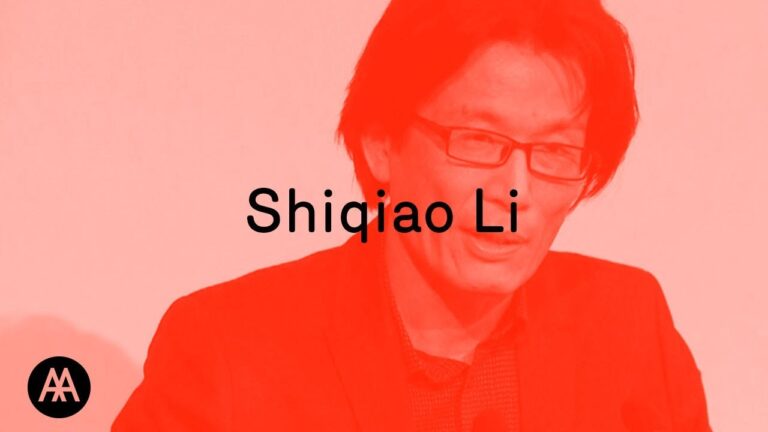
6th March 2017
Evening Lecture
The Chinese writing system, through its unitary morphemic centralities rather than modular phonemic compositions, shapes far more than just a tool of human communication; it is a structural system of thought fundamentally different from the world of phono-centric intellectual frameworks. Here, meanings in the structuralist sense are made differently. This lecture presents an understanding of the Chinese city, among other features, as systematic processions of organized figures as morphemic units, leading to results that both parallel and deviate from their Western counterparts. The principles of these morphemic processions are to be found in the establishment of objects of value, hierarchical and poetic semantic distributions, and an immanent power structure that transforms the design of buildings into a state function.
Shiqiao Li (BA Tsinghua Beijing, AAGradDip, PhD AA/Birkbeck) is author of Understanding the Chinese City, Power and Virtue: Architecture and Intellectual Change in England 1650-1730, and editor, with Esther Lorenz, of Kowloon Cultural District. He is Weedon Professor at the University of Virginia, teaches architectural design and theory, and lectured worldwide. He practiced architecture in London and Hong Kong, and taught at AA, NUS, and CUHK.
source